Author: Marcus Berg (1714-1761)
Captured August 23, 1754
Freed August 30, 1756
This isn’t really about a specific book, but more a tip or a reminder of biographies and experiences written down long ago. It’s a way to get into parts of history that you might be interested in, by reading firsthand experiences. I also like to read older version of a language and expressions used for various aspects of reality by someone centuries ago.
For this I have a book titled A Swedish Slave in Morocco (Svensk slav i Marocko) written by Marcus Berg, about his time in slavery. The full title of the book is longer.
Svensk slav i Marocko : en bearbetning av Beskrifning öfwer barbariska slafweriet uti kejsardömet Fez och Marocco i korthet författad af Marcus Berg, som tillika med många andra christna det samma utstådt tvenne år och siu dagar, och derifrån blifwit utlöst tillika med åtta stycken andra swenska den 30 augusti 1756
This edition has comments and references by Eskil Borg. So when I refer to the author I will mean Marcus Berg and Eskil Borg as the commentator.
Just as the title says the book is about someone getting kidnapped at the sea, along with his ship’s crew, and put into slavery. It’s a straightforward story that gives insight into the life of an European slave during the Barbary (Moorish) slave trade. Indirectly it gives an insight into the lives of slaves, sultan’s servats, life of Moors and Muslims at that place and time – and the inhuman cruelty of the sultan.
There are many nuances to the story, the life of slaves and how they were organised and organised themselves. What I enjoyed a lot was the breaks I had to take to look up certain things that were mentioned, or to find other books written by Swedes that were all over the world map during that century. This book is short but invites to many interesting digressions.
The Barbary slave trade in primarily the western part of the Mediterranean had its base in what is now part of Morocco, Tunisia, Algeria and Libya. Which was then in the 18th century a rather brutal and chaotic region nominally in the Ottoman Empire but mostly autonomous, under various conflicting leaders and their slave armies plus the indigenous tribes.
Slavery has existed too long in our human history and in every part of the world. Few are the countries and people who can say they weren’t involved. In the Mediterranean slaves came from all places, they rowed galleys, broke the stone, build the walls and all sort of labour. Until they died from the work or until they were freed. More often the former than the latter.
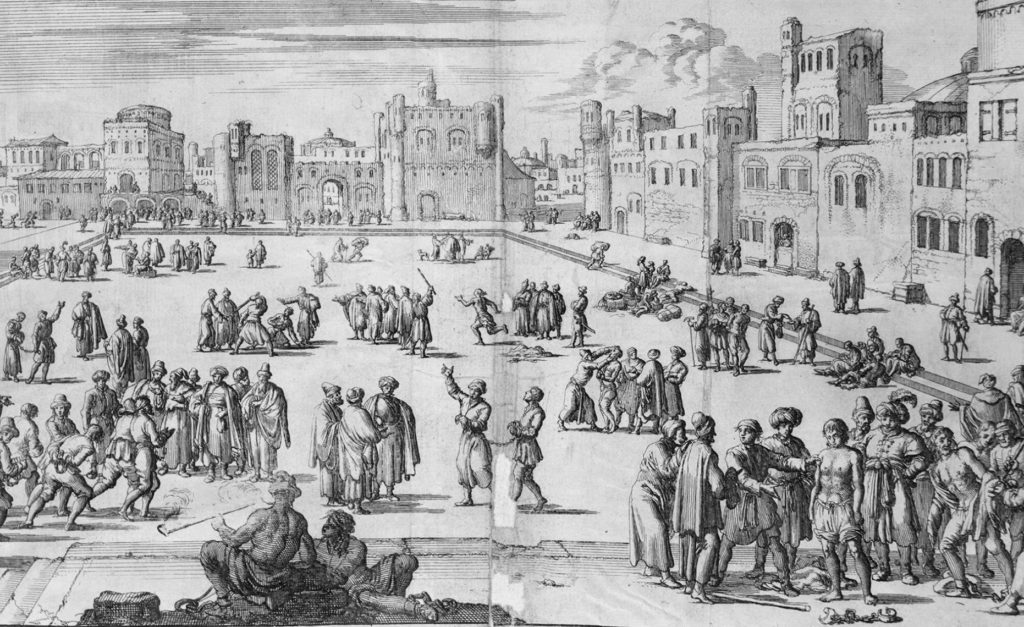
The slave trade of Europeans down there in the Mediterranean and eastern parts of the Mediterranean was indirectly accepted or neglected for a long time. Because some European kingdoms were bickering among themselves. France didn’t really mind having the Moorish pirates attacking and pillaging Spanish coastal cities or Spanish trading vessels.
Sweden had by 1741 already a peace deal with Tunis, Alger and Tripoli but not with (what is now) Morocco. It would have been too expensive and both England and Spain would have worked against further Swedish trade expansion in the Mediterranean.
Eventually the slavery affected ships from France, England and from all over Europe so something needed to get done as the problem grew. Before the white slavery eventually ended after the Barbary wars, the only way a slave could be freed in those days was by money sent there after an agreement. Note that Sweden ended the bribes to the North African states as late as in 1845, so no clear cut date of when slavery ended exists due to the chaotic nature of the region and the loose /and many) structure of government in the region at the time. This is very well portrayed in the 1816 pamphlet called The Cruelties of the Algerine Pirates as captain Walker Croker witnessed. Not to go into that, but it’s a good recomendation for further reading. The slave trade could have been defeated easily, it never was and kept going on much longer that it needed to.
Back to the freeing of slaves. The ransom money passed a long way, through many officials and eventually became a mix of money and gifts like musketeers, animals etc. Often slaves were freed in groups, so the transfer took time until a large enough of a sum was collected.
Other slaves, a minority, converted to Islam. After which they were let free but could not find financial help. So they had to beg, and as the author describes, even from their Christian slaves. The successful converts were the ones who were renegades and had something that benefited the sultan they were slaves under. Otherwise it seems to have been a bad choice. One also lost contact with the home nation by doing that.
However, just to mention. Over a hundred years before the events in the book, Europeans were captured and some converted to Islam, or become Turks as it was said back then. In 1627 several pirate raids in Iceland captured 400-900 Icelanders and took them to slavery in Northern Africa. These Turks were mostly European converts who by capturing Danish sailors made their way to Iceland. Icelanders call this event the Tyrkjaránið (Turkish Abduction). One of the captives, Ólafur Egilsson, along with his wife and two sons were taken away. He and his wife returned, however the sons never came back. He did write a book just like Marcus Berg and I plan to read it when I get hold of a copy. I’m digressing here, but I thought it was worthwhile to mention. Here’s a post by the translators of the book – The Barbary Corsair Raid on Iceland, 1627.
Another story, which Marcus Berg tells of, is that of an Irish woman who was taken as a slave, forcefully married to a Moorish leader, had his kids, learned their language and after years the sultan wanted to let her free. However the Englishmen didn’t want to take her along while freeing other slaves as she had converted and was thus left alone. Another interesting story is about the order of Catholic monks that worked in North Africa freeing Christian slaves. One story Marcus mentions is that when they payed for three slaves they were offered one more, but refused him because he was a Protestant Christian. With this said, it was harder for Protestants to be freed by these orders of monks – so their time in slavery lasted longer. Since their countries were in Central-Northern Europe correspondence took longer time compared to their Catholic counterparts.
My suspicion is that the officials weren’t always that eager to free the slaves, their countrymen. Not necessarily by their own will, as much as for the complex and practical nature of the time. As slavery was a business the sultans of those regions wouldn’t want to have foreign officials sticking their nose in the slave trade too much, too efficient.
The facility he spent his time in slavery was a large rectangular building with walls and an open space inside. The quarters inside were divided into national groups, where Swedes shared their quarters with fellow Scandinavians as other nationalities dominated in numbers, like France, Spanish, Portuguese, Italian and so on. Who had their own quarters. Every nation had a representative who handled justice issues and other things that needed managing. That was better than having the Moors coming in and collectively punishing them all by randomly killing or torturing a slave. The slaves were allowed to have alcohol among themselves and no Muslim was allowed to enter their slave community.
The ship’s captains actually got a minuscule sum of money from their captives so they could buy some food and alcohol. This was a Muslim region so there was no alcohol but the slaves could make and import their own so they ran bars. The profits were of course mostly handed over to the slave owners. Yet some got out of slavery richer than they got there. Otherwise slaves could get small financial help from Europe, money that got drastically reduced by the middlehands so no great sums could be delivered. It would also have been dangerous to send and receive large sums, unless it was for the release of a slave. Regarding escaping slavery, that was out of the question, it was hard and the punishment immediate death.
Marcus Berg gives many descriptive scenes of the sultan, from things he saw during daily slave work that often began at about 4 in the morning and lasted until the sun went down. It was a brutal place under leaders that tortured anyone, literally. The sultan Mulai Abdallah which Marcus Berg was slave under was inhuman. The amount of torture and casual everyday insanity of violence he did or ordered others to do is beyond good taste to go into detail here. The sultan could make two of his own men fight one another until death, he could, depending on mood, give baskets of fruits to the slaves and the next time have one of them beaten to death. He even killed his own black soldier who had saved him from drowning, because God saved him and not a man. He could behead a messenger depending on his mood. These are not the worst examples portrayed. We might see this brutal behaviour portrayed in comical à la Baron von Münchhausen styled exotic humor. But this stuff was real. Like caving in people who hid away from him; he walled up the entrance. His son however, Mohammed ben Abdallah, brought with him a bit softer times as the commentator mentions, but that was after Marcus Berg had been freed. Mohammed ben Abdallah also made the Sultanate of Morocco the first country to recognize the USA.
Here is a description of Mulai Abdallah In Marcus Berg’s own words given at the concluding parts of the book.
“The emperor’s inhuman life can be perceived from the already quoted, to imagine the unnatural character of his would be as impossible as indecent. Because its only pleasure consists in the most burdensome and the most profane tyrants captivity of human beings. Who all except him have a horror for, however, one must realize that the emperor never regrets the least, what he does in anger and rage, even if merciless and contrary to nature. An emperor’s worth, after the Mohammedan doctrine he has received holiness, so that he is held by the Moors for a saint, (almost the same way as the Catholics keep the pope in Rome) and for that reason, his person is honored. For if this blindness did not set its subjects to such deep darkness, he would have been murdered long ago. Since he did not as a human being, but as a wild creature plague them.” – Marcus Berg, Svensk Slav i Marocko, p. 139.
“Kejsarens omänskliga levnad lär av det anförda någorlunda kunna inhämtas, ty att föreställa den så onaturlig, som han i sig själv är, skulle vara även så omöjligt som oanständigt, emedan dess enda förnöjelse består uti de grövsta laster och det gruvligaste tyrannis förövande som alla människor utom honom hava fasa och förskräckelse för, dock skall man förnimma att kejsaren aldrig det ringaste ångrar, vad han uti vrede och raseri gör, ehuru obarmhärtigt och stridande emot naturen det verkligen är. Med kejsarevärdigheten har han efter muhammedanska läran erhållit helcgdom, så att han av morerna hålles för ett helgon, (nästan på samma sätt som katolikerna hålla påven i Rom) och för den skull vördas hans person; ty om denna blindhet ej försatt dess undersåtar i ett så djupt mörker, så hade han väl längesedan varit av dom mördad, emedan han ej som en människa, utan som ett vilt kreatur plågar och hanterar dem.” – Marcus Berg, Svensk Slav i Marocko, s. 139.
The sultan had an black army of slaves that were put in work at the age of 12 and placed the army at 15. Many of them gained freedom to marry other female slaves after years of slavery. Remember that there were many fractions in the region, many claimed the thrones for various regions. The indigenous Berber tribes were always fighting each other and the various sultans. Marcus Berg describes the strangest things, like when a Berber tribe donated 800 sheep and the sultan gave them so his slave soldiers, who couldn’t get one each. This led to a gruesome spontaneous and chaotic cutting apart of living sheep so they could share the flesh among each other.
The European renegades who for their own gains submitted to various sultans in the region, worked mostly with maintaining military equipment and other high maintenance gear that was imported, stolen or gotten as gifts. Marcus Berg describes the lack of knowledge the Moors had, so these European renegades were as experts for them. Even though they by European standards had rudimentary or not even basic knowledge. This was seen with the poor maintenance of canons, rifles and such.
The commentator writes that one has to sort of remember this area was really brutal at that time. Whoever was in charge was brutal and had to be either as brutal as his predecessor or more brutal. He had to surround himself with willing psychopaths who would be just as brutal and follow the orders given.
In one part of the book an earthquake is described which was the 1755 Lisbon earthquake. It brought with it total devastation in Northern Africa as well. Marus Berg described the devastation and the commentator Eskil Borg put in some references to other descriptions of the devastation. Both included the religious aspect where people thoughts it was God’s revenge or the last days coming. One reference was to a Danish officials account of the event, who’s office fell apart and people fleeing out in the streets amid falling walls and a shaking ground. Even that some groups of Muslims were beating to death Christians and Jews that they ran into. As a way of pleasing God. Similar stories are to be found in Portugal. However, in Lisbon, after the total destruction of the city by the forces of nature, a new city was built up. But most important a new way of thinking, the age of enlightenment, replaced the Catholic Churchs dominating doctrines that lay in ruins after the earthquake, tsunami, fires and the criminality that followed.
In some passages at the end of the book, Marcus Berg laments his fellow Christian slaves in that he thought it would be a much tighter kind of brotherhood among them in this horrible situation. But as he describes, he was let down and saw bad behavior both from his own countrymen and from other Christians, that contradicted proper Christian behavior and what he hoped for. Where one couldn’t just live a simple life there in slavery and mind ones own business. Those who drank the most, were the most aggressive and just played the most foul games amongst the Christians were the ones that immediately got respect and authority.
On his eventual journey home, Marcus Berg also laments the expat Swedes in the upper classes in Amsterdam. That they had abandoned their homeland’s temperament and that not one of them showed any sympathy, interest or willingness to help a fellow Swede. In contrast to some locals that did want to help him.
I went to the online newspaper archive of the Swedish Royal Library to see if I could find something by searching Marcus Berg’s name. I only found a few mentions of his name and three of them were formal ship lists from the port in Gothenburg like this one.
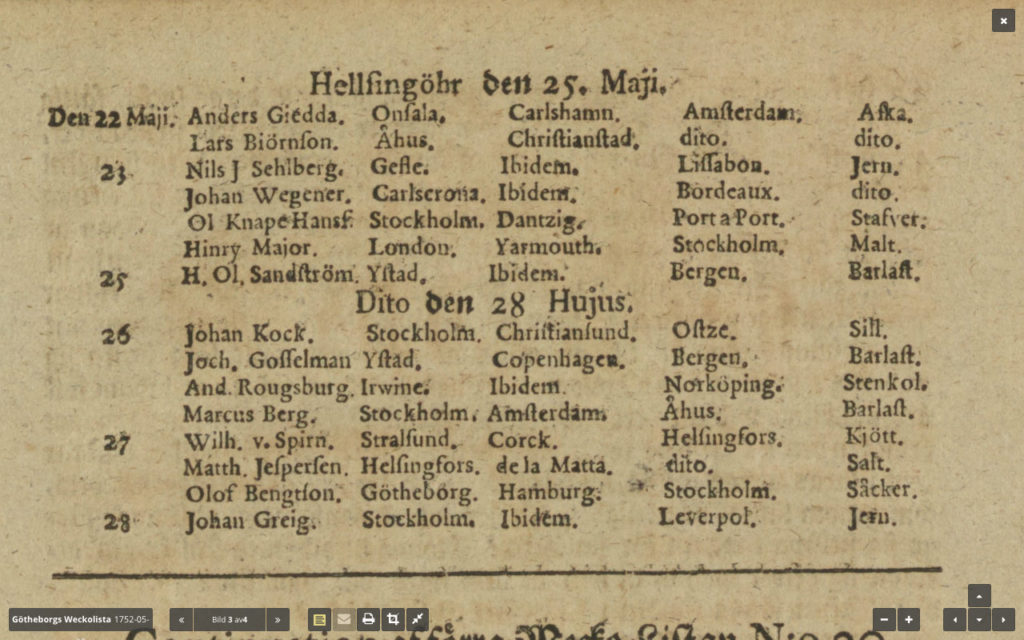
One was that actual notice that his ship had been attacked by pirates on the way to Livorno and taken to Tetuán instead.
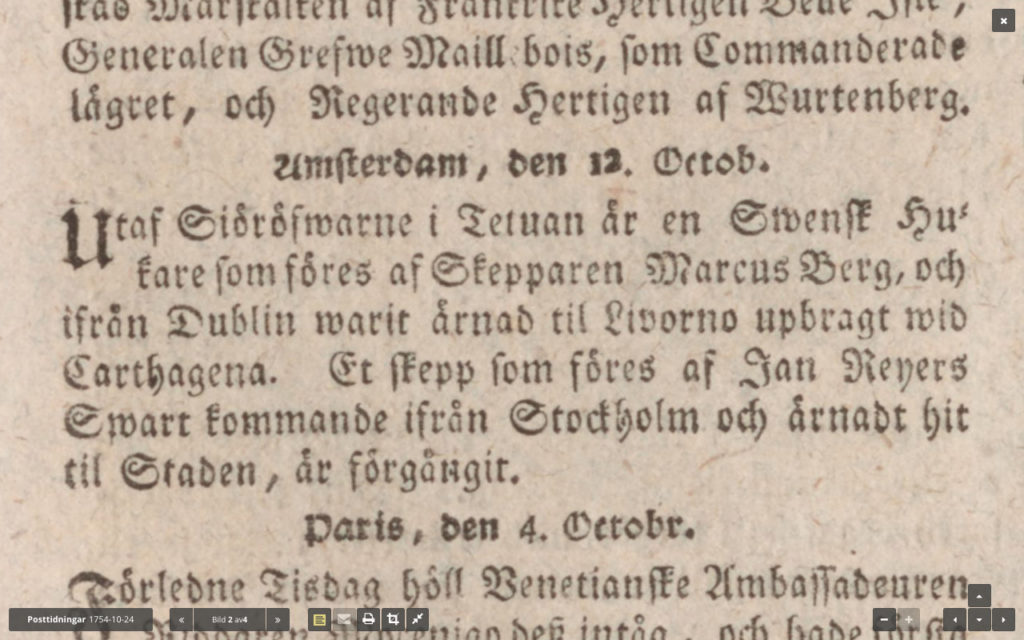
The last mention of him was in the obituary.
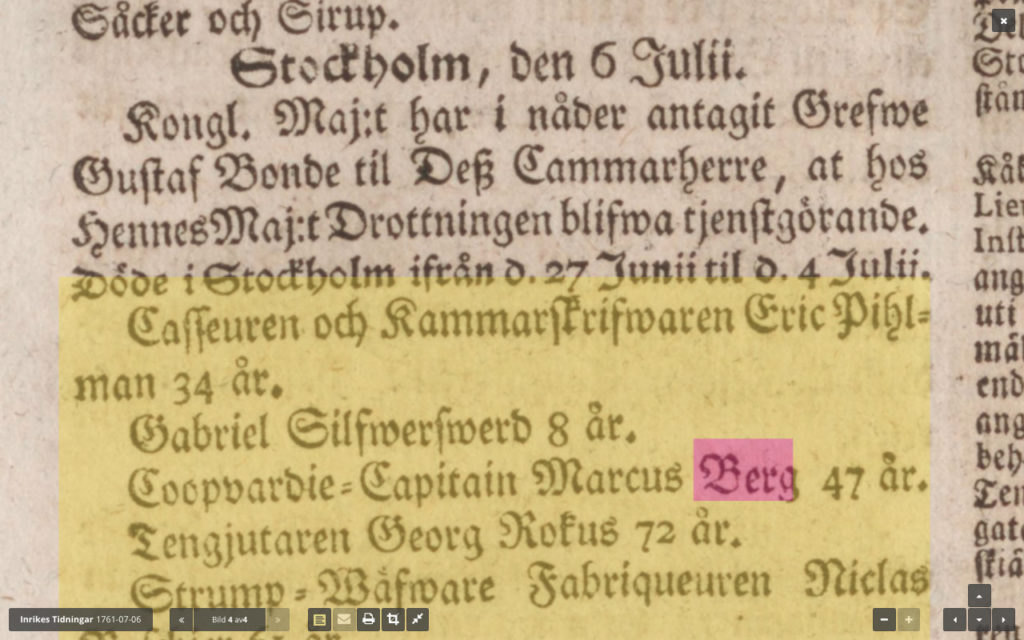
Bear in mind that one can maybe find more by other search terms and cross references. Here I just present what was to be found in his name directly.
Upon his return Marcus Berg found out his wife had died, but luckily his daughter, who was 9 years of age when he returned, had been taken care of by a family. Marcus married again but died shortly after in 1761. In a sense his life was really harsh and yet he seemed to stand upright amid all of that.
A curiosity in the book is the embroiled praise of God and the king which was the style of the times. Just as the wigs they got on their sail back home from Carl Michael Bellman’s uncle Jacob Bellman who was an official in Cádiz.
This book has made me want to read more first hand experiences and stories from the past, or to skim through various parts of various fat old books. Some are hard to get, some exist as reference books only and some are available as second hand examples – or on archive.org.
Sweden stopped paying bribes to the pirates as late as in the year 1845. Prior to that, various attacks by European and American forces were made with various success until the French conquered Algeria and after that won the war against Morocco which ended the Barbary slave trade. France, England and Spain took the opportunity of the regions weakness and conquered part of it. The rest is history.
For fellow Swedes reading this, here’s more material
Johan Brelin – En äfventyrlig resa til och ifrån Ost-Indien, Södra America och en del af Europa åren 1755, 56 och 57
Georg Höst – Efterretninger om Marokos og Fes, samlede der i Landene fra ao. 1760 til 1768, N. Müller, Kiøbenhavn, 1779 (ladda ner från Archive.org – direktlänk till olika format)
Johan Henrik Kreüger – Sveriges förhållanden till barbaresk staterna i Afrika (ladda ner från Runeberg.org – direktlänk till olika format)


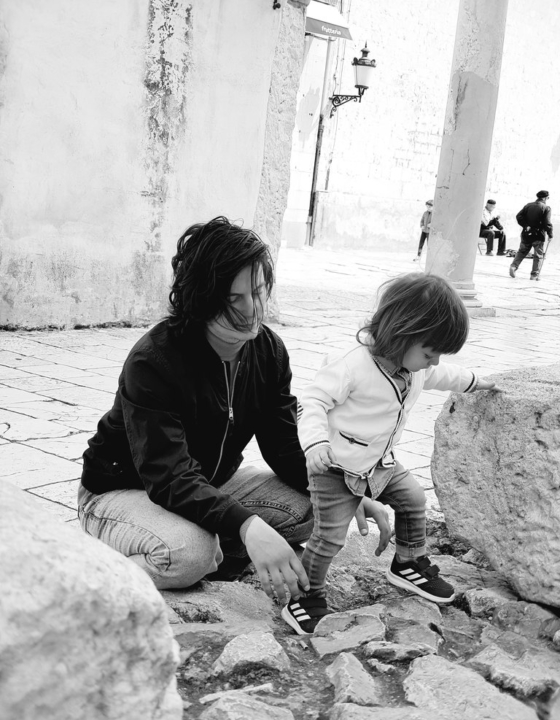



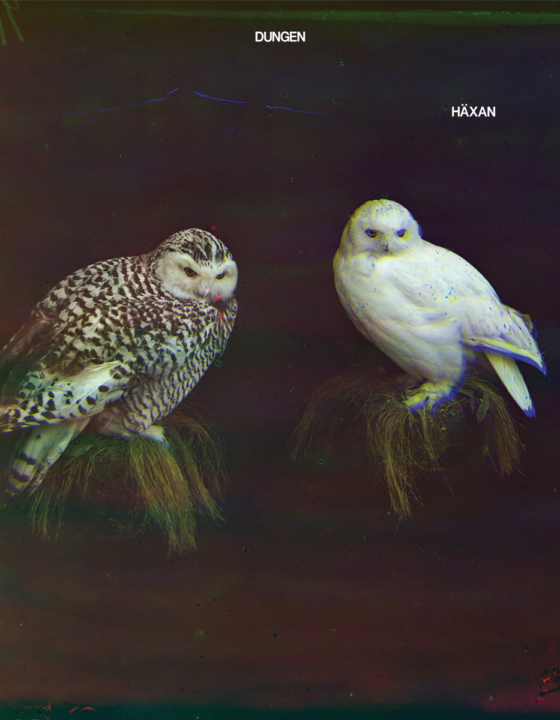

Åsa Wihlbeck
April 3, 2019What a beautiful blog – not just this text, but overall.
Curious, reflective, erudite, non-judgmental.
Keep it up!
Sanjin Đumišić
April 3, 2019Tack för besökek och den uppmuntrande kommentaren! /Allt Gott